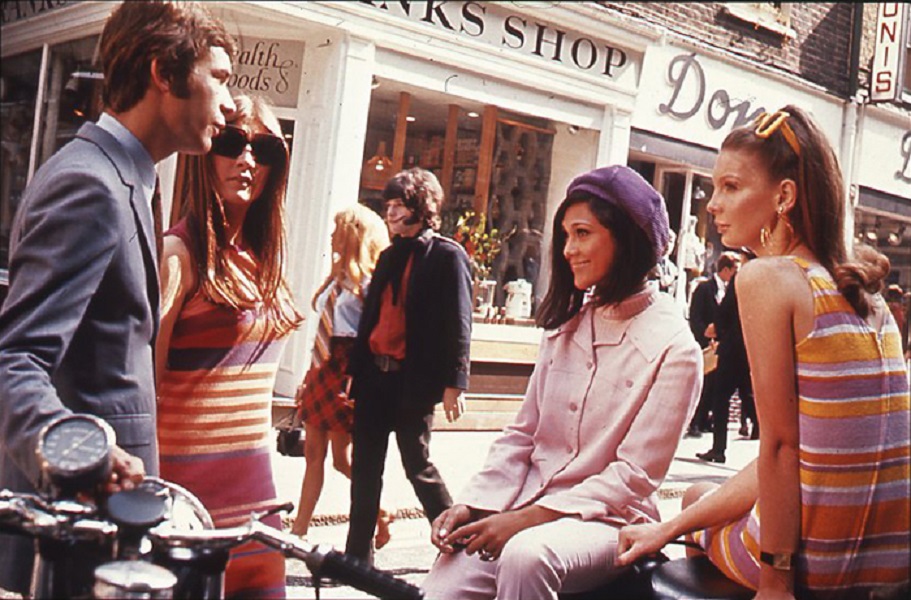
1. Psychedelic Art

2. Go-go Boots
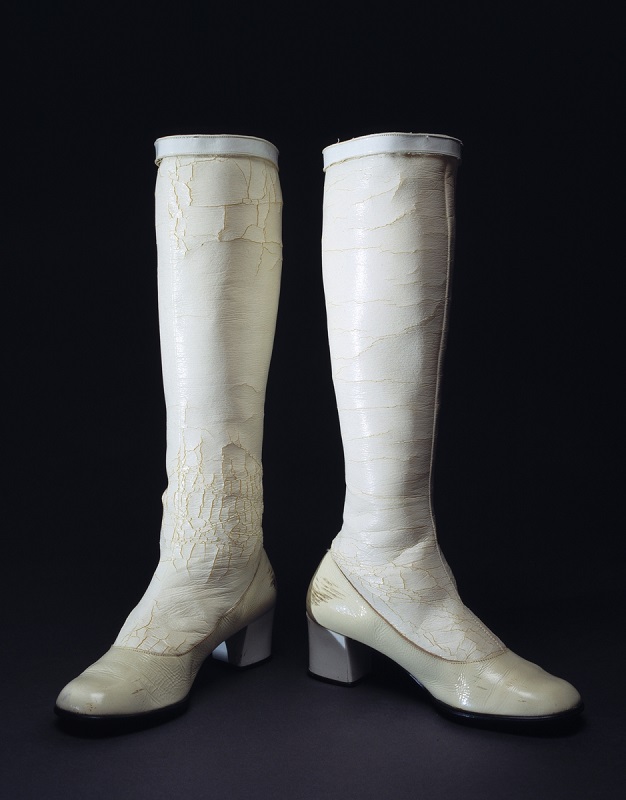
3. Free Love Movement
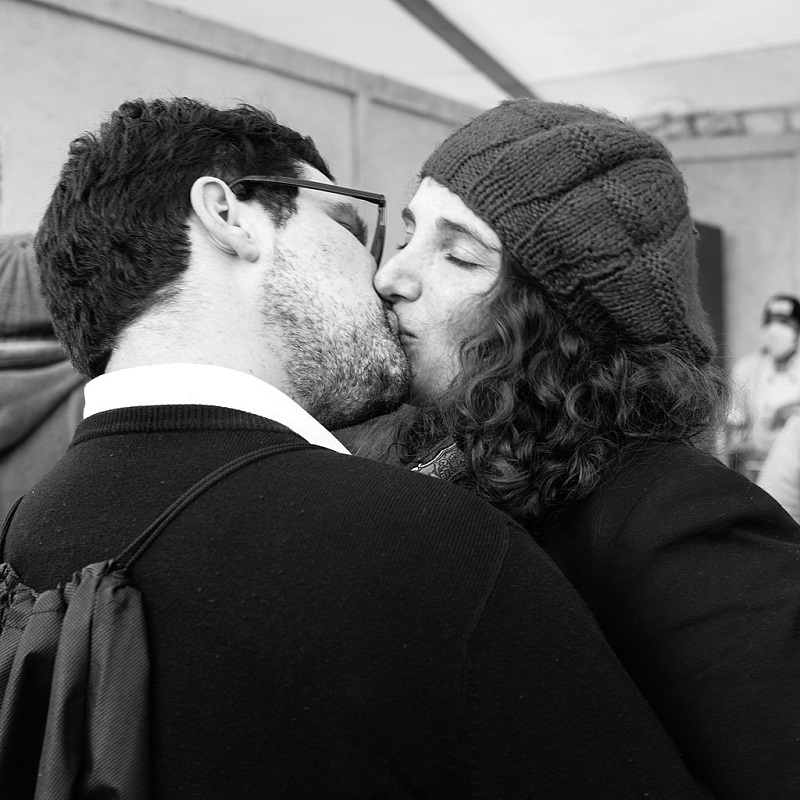
4. Communal Living
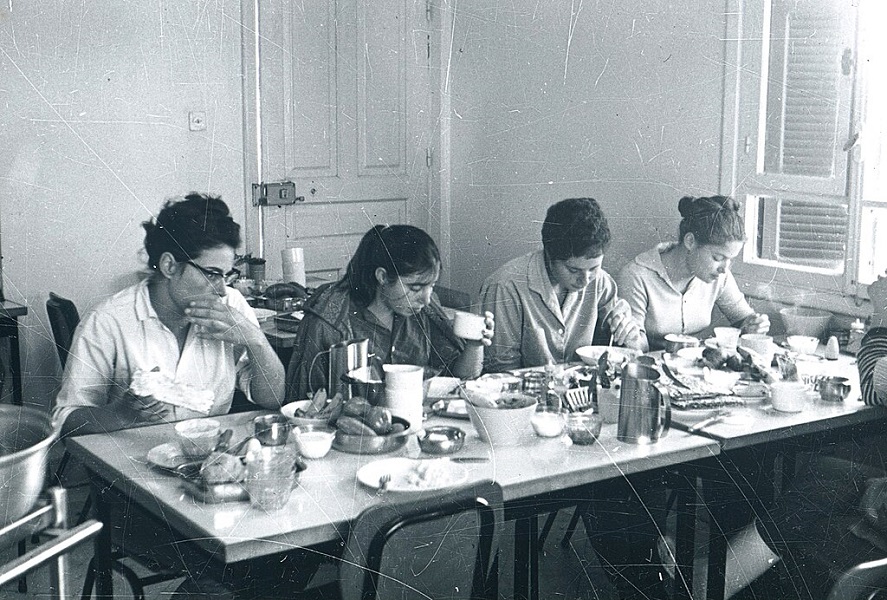
5. Peace Symbols and Slogans
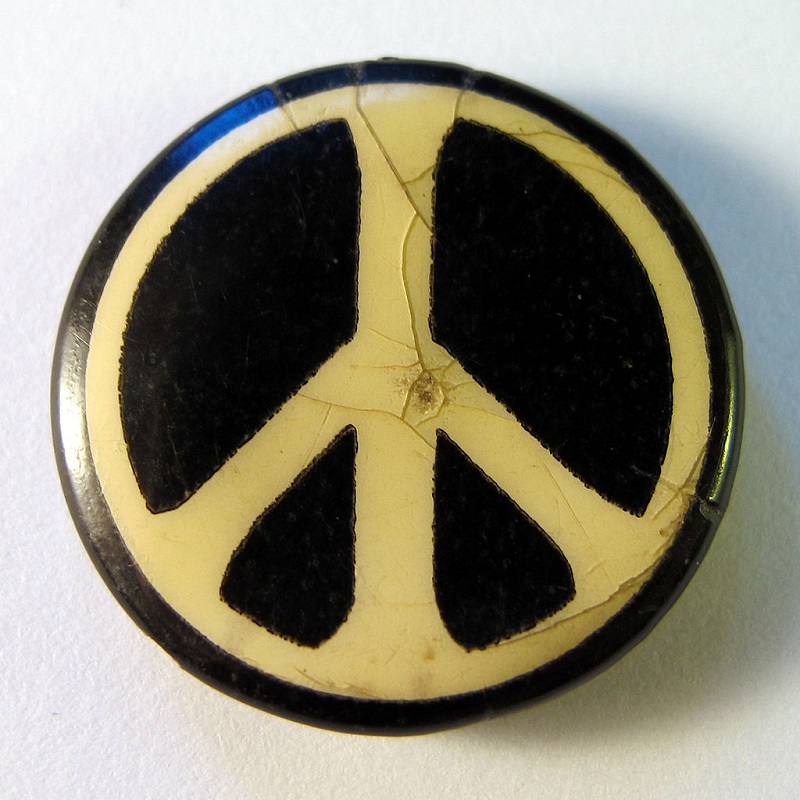
6. Vinyl Record Players
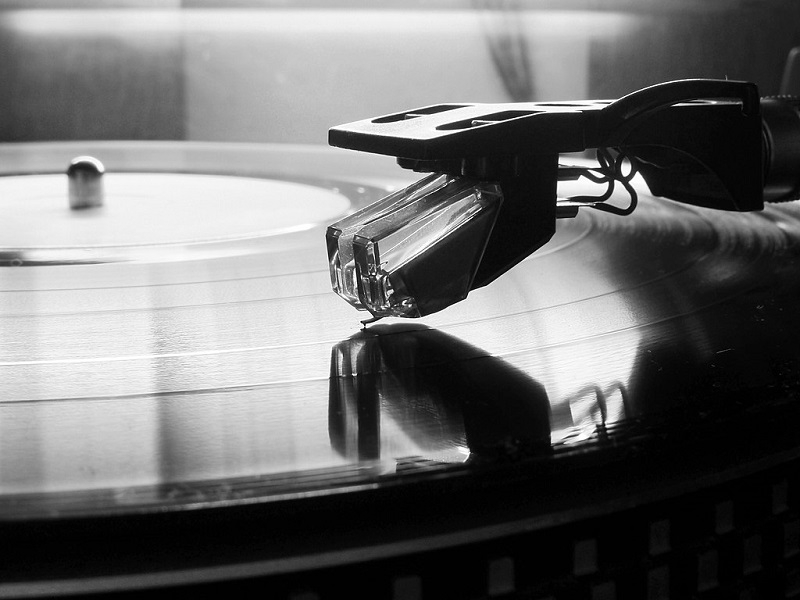
7. Avant-garde Cinema
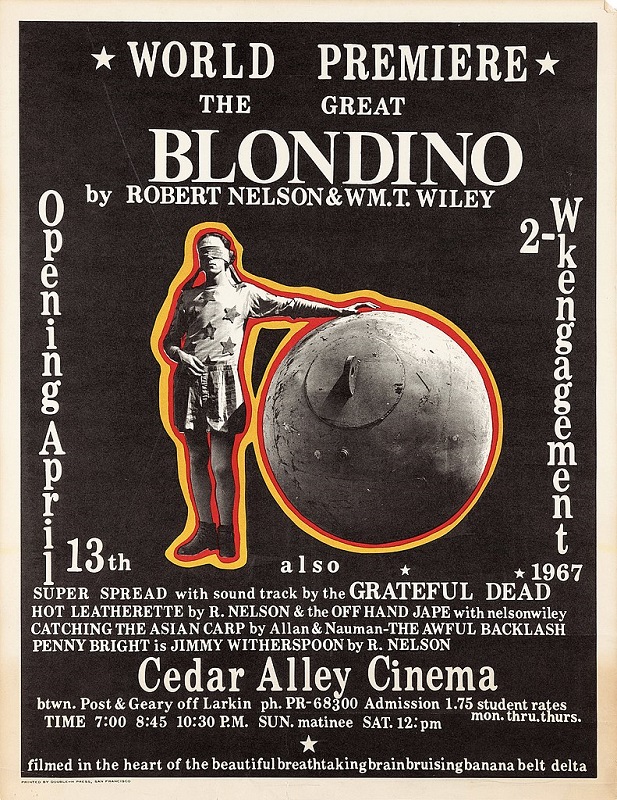
8. Tie-Dye Clothing
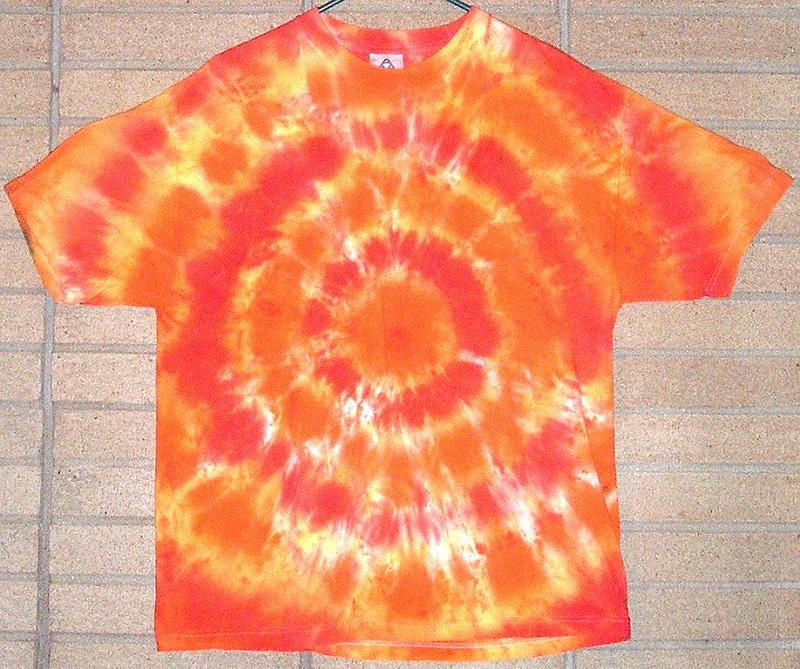
9. Beatnik Poetry
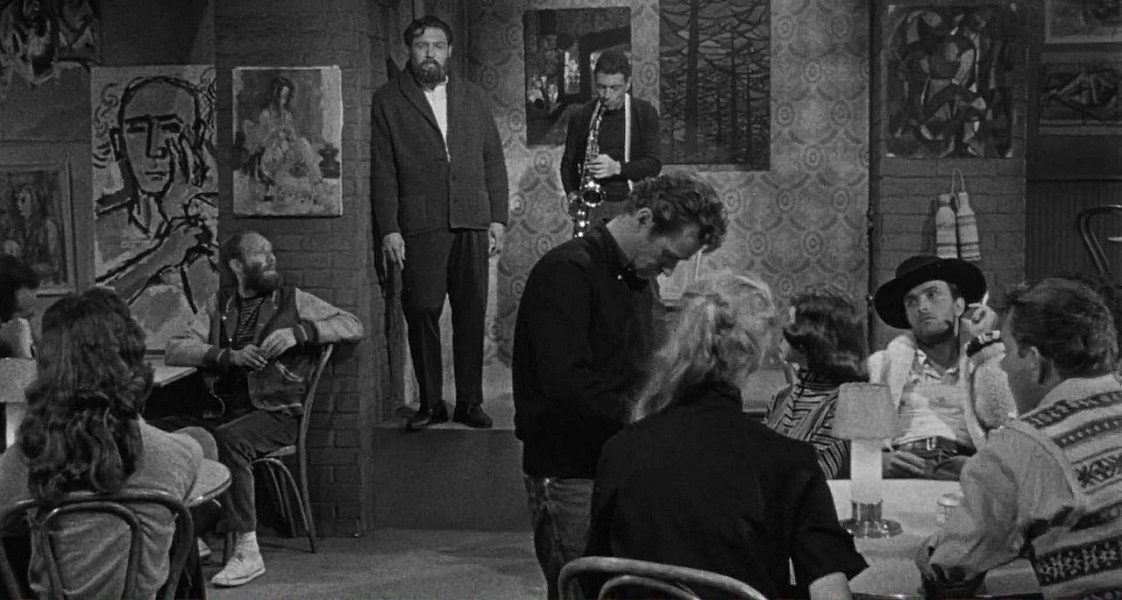
10. Mod Fashion
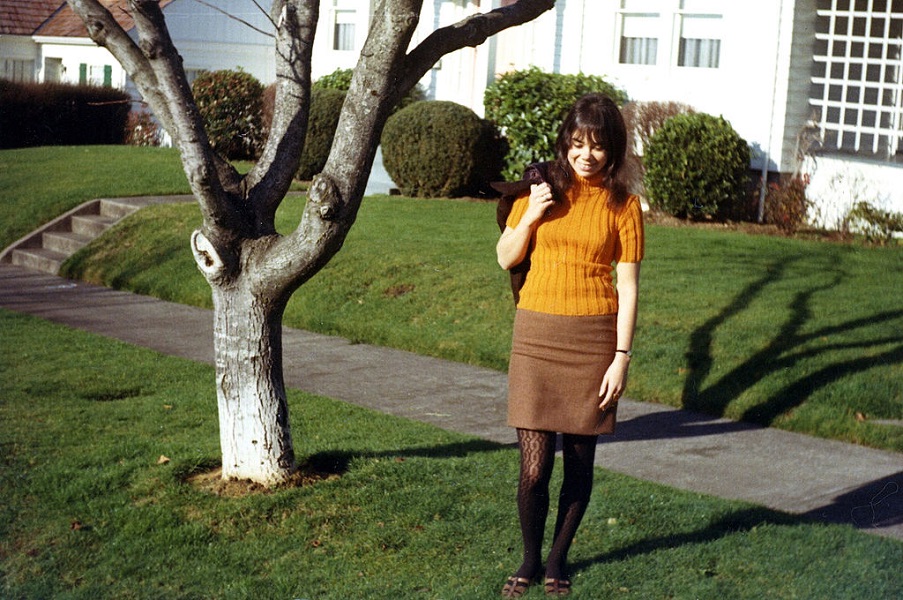
11. Flashcubes
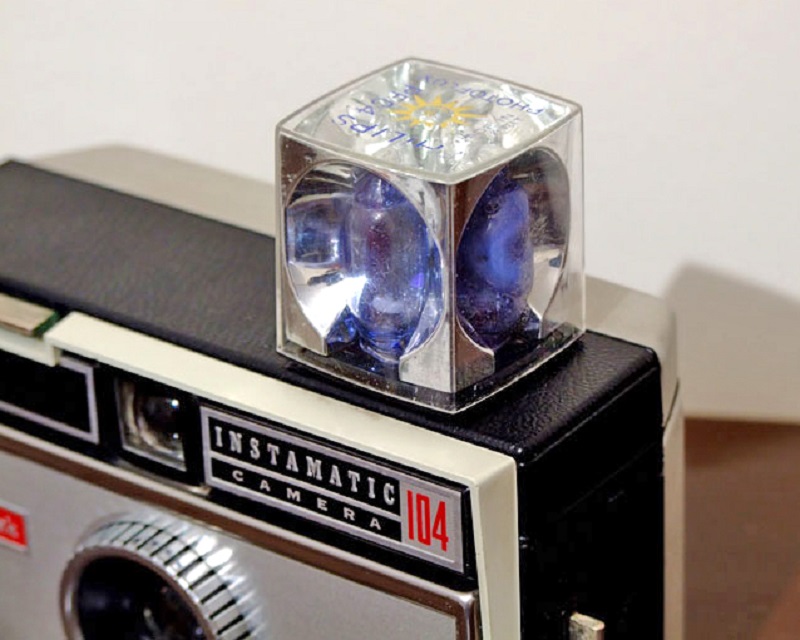
12. Phone Booths
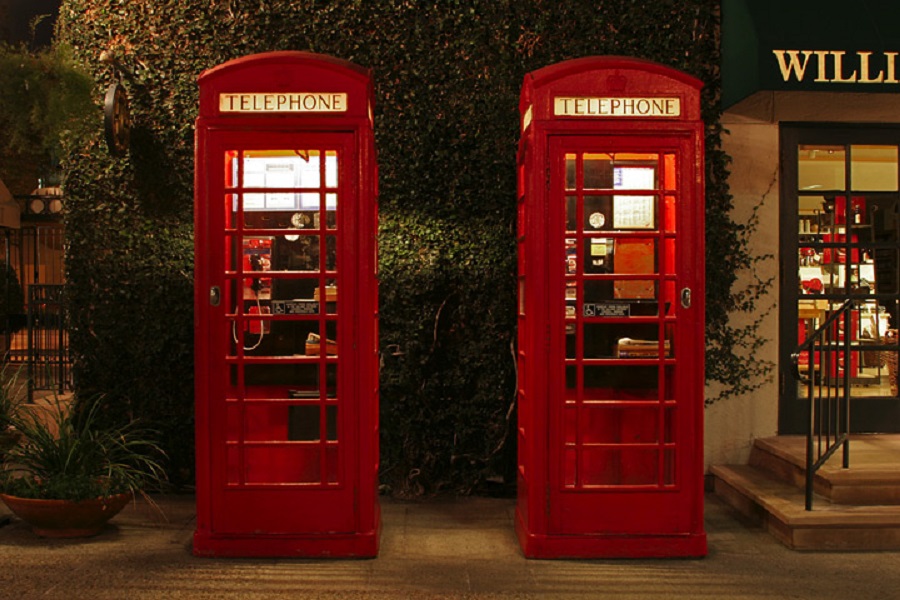
Echoes of the Past
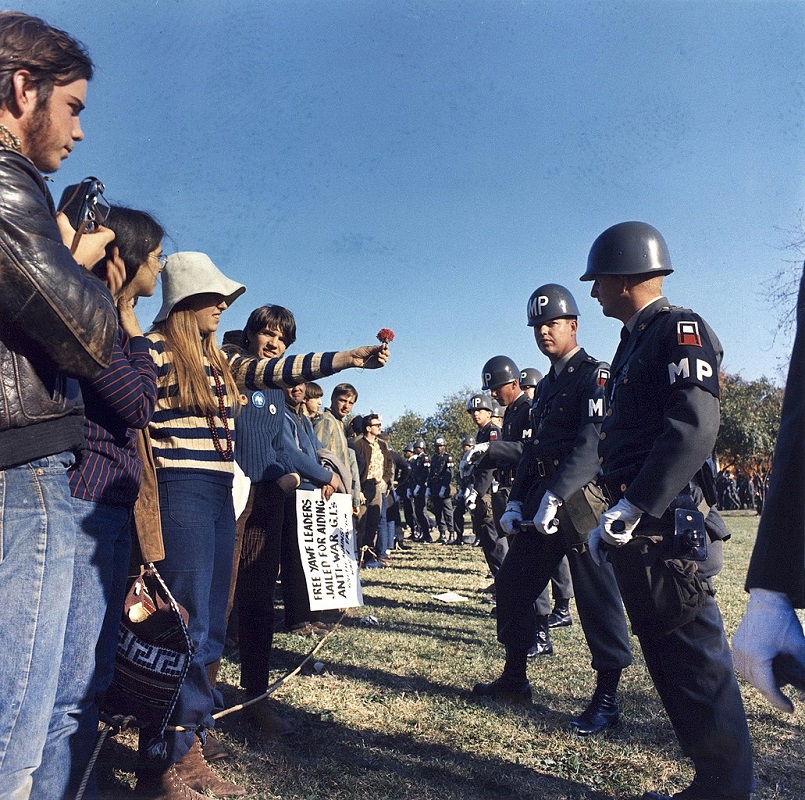
14 Groundbreaking Medical Advancements Boomers Witnessed Firsthand
18 Polite Gestures From the 60s That Don’t Exist Today

Toi Williams began her writing career in 2003 as a copywriter and editor and has authored hundreds of articles on numerous topics for a wide variety of companies. During her professional experience in the fields of Finance, Real Estate, and Law, she has obtained a broad understanding of these industries and brings this knowledge to her work as a writer.

Speak Your Mind